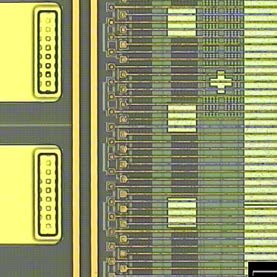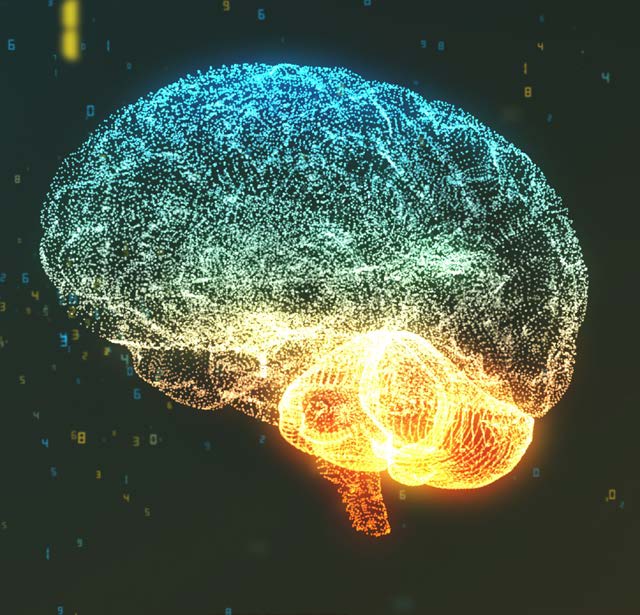Technologies based on a human model
In the Human Brain Project, 121 partners from twenty countries in Europe and North America have come together in twelve sub-projects. They are researching technologies based on natural models. Their common goal is to create a shared European scientific infrastructure for brain research, cognitive neurosciences, and other sciences inspired by the human brain.


The researchers are working on various platforms for such tasks as brain simulation, neuromorphic computing, medical information, and neurorobotics. A new category of computer hardware will be developed inspired by the circuits of the brain. The end vision is to create the most advanced, brain-inspired hardware to accelerate their work and, e.g., simulate learning processes in real time.
From wafer to board technology
As part of the overall project, the Fraunhofer Institute for Reliability and Microintegration IZM is designing hardware in accordance with the BrainScaleS system of the Kirchhoff Institute for Physics at the University of Heidelberg. This system comprises very fast, energy-efficient analog chips that simulate the physical processes happening in the brain. Wafer-to-system connections are made based on a new embedding technology. In the lamination process, 200 mm silicon semiconductor wafers with a thickness of 250 μm – a stack of printed circuit boards consisting of FR4 frames, two prepreg layers, and two copper foils – are built. Lamination takes place using a heated vacuum high-pressure lamination press.
Establishment of a neuromorphic computing platform
Since the start of the project, the researchers have already marked some important first milestones, including the first active PCB system with an embedded active wafer. Fraunhofer IZM is acting as a technology partner. The Berlin site provides the necessary know-how to link highly complex wafer-level integration strategies synergistically with PCB embedding using its unique skills. The wafer experts are currently optimizing the lamination process and are developing a procedure for avoiding water drift. The next challenge will be to establish a complete neuromorphic computing platform. Half of the funding (€200 million) for the Human Brain Project is coming from the EU. The other half is from EU member states and private sources. The project, which was launched in October 2013, is divided into several phases. The current phase will run until March 2020. Subsequent phases are currently under discussion.
Last modified: